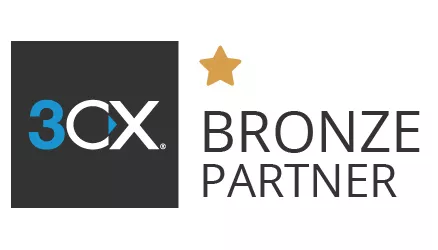Did you know Microsoft has fundamentally changed the way we should all use Word?
Does formatting in Word really burst your bubble?
There is a financial cost for businesses in deciding which software best suits their needs. In economic terms this is analysed as Total Cost of Ownership (TCO) which encompasses not only the initial cost of the software but also the time-cost of staff and time lost due to inefficiency of use. Companies generally make good decisions for software, based around global standards, which often involves the Microsoft Office suite as a base standard. Frequently overlooked are the costs associated with a lack of knowledge, especially of new features. This is exacerbated by using newer versions of software in the same way you always have since you first learned it. I have spoken with a lot of people about various software packages and how they find using them. The one that I get consistent feedback on is Microsoft Word. Word is one of the most frequently used business applications and often there is an expectation that everyone should be able to use it without any training. It seems to be expected that as we can all speak English and type, we can therefore use Word.
But Microsoft shake it up from time to time
Interestingly, the way that Microsoft intend you to use Word has changed over the past few years. The design of the product has evolved on the basis of you changing the way you work to their new methods. The majority of issues that people complain about in Word are to do with wasting time formatting. Frustrations abound with numbering not working or paragraphs going out of line or tables of contents having to be redone each time someone adds a section. Or breaks in odd places and spaces just appearing at the top of the page – any of this sound familiar?
I work with a number of large clients that write long reports often over 60 pages in length. Some start new documents each time they write a document, others have bespoke internal company templates. On further investigation it transpires that it can take them two or three days to write a report then at least a further day compiling and formatting it to be consistent with the company brand and corporate styles. This is compounded when the document is passed around various skilled parties to add their sections, causing the whole document to become an inconsistent muddle of text with varying mismatched look and feel. The company template, which if set up properly would assist, is often actually part of the problem.
As a trainer I often say to people – “If you format in Word by highlighting text, then changing the look and feel using the buttons on the ribbon at the top, such as font size, alignment, numbering, bullets, bold etc. then you are using Word incorrectly and you will find it inconsistent and frustrating.”
Microsoft Word is an amazing product, everything works perfectly as it is designed to – however in most cases we haven’t kept up with the changes in the product. We are trying to use it as we have historically used it, and that’s the main cause of the problem. We are basically trying to fit a square peg in a round hole.
Increased training leads to increased efficiency, which in turn leads to happier more effective staff, increased productivity and increased profitability. Training is perceived as unnecessary as staff should just know how to use their products, but Microsoft and other developers spend millions of pounds each year trying to improve their products to facilitate end user issues and to improve productivity. How are staff going to know about the new features, which will help them improve their efficiency if we don’t invest some time in training them. We buy the products, spend money on the latest versions but need to train them to get the best results.
We run a one-day all-encompassing Office user Word course, covering all that you will need to get the best from it and to be able to use Word as Microsoft have now designed it. We cover topics like solving all your formatting woes, automatic numbering and paragraph alignment, through to creating office templates to help others in their struggle with the product. Feel free to contact us for more information or look up courses on www.qdoscc.com.
written by Andrew Reeves







